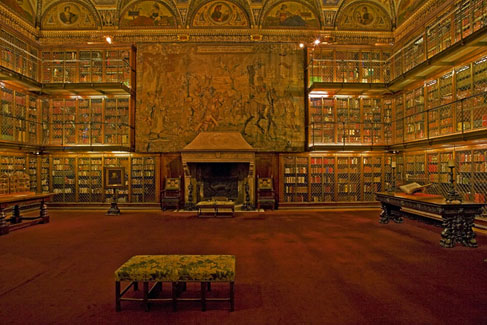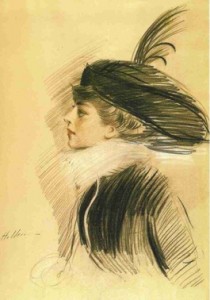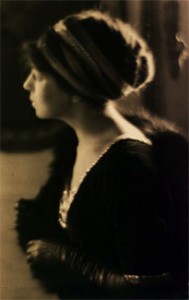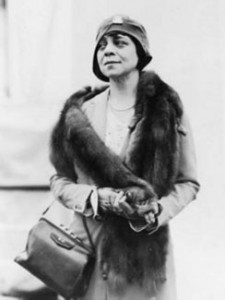By Adoria Doucette
Every powerful civilization attempts to intelligently manage treasured documents and artifacts of culture. Archaeologists regularly excavate great libraries from Ancient Sumerian, Mesopotamian, and Babylonian civilizations. In the 7th century BC, The Assyrian monarch Ashurbanipal commissioned a survey of every ancient seat of learning which provided outsiders the first glimpse of the historically significant Epic of Gilgamesh. Ashurbanipal declared himself “King of the World” and had a stunning collection of scientific and religious texts. The Greek era produced the famed Pergamum library at Acropolis, along with the great library at Alexandria in Egypt, whose last director, Hypatia, who is a woman celebrated in scholastic circles for the last 1400 years due to the magnitude of her accomplishments. Large private libraries of prominent Greek citizens like Aristotle, Euripides, Peisistratus, and Polycrates set the model that the Romans would later eclipse by establishing an official Director of Libraries for the City of Rome. Further south, generations of Timbuktu scholars meticulously kept archives of their culture. Through the latter part of the Middle Ages great European educational libraries dominated the landscape prior to the Vatican accumulating a collection that was unmatched in the world until 1905, when a native Washingtonian decided to make her mark on history.
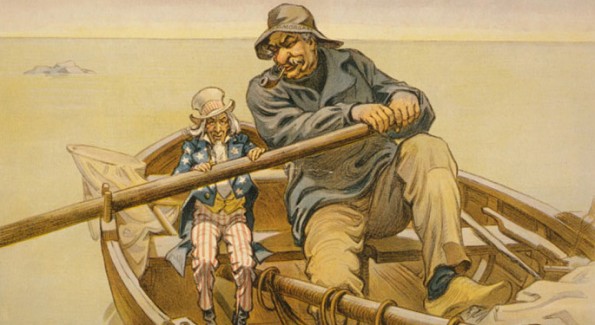
JP Morgan’s influence over global affairs rivaled and often surpassed that of governments, illustrated here in a paradoy of Emile Renouf’s “A Helping Hand” – The Financial Panic of 1907 ended when JP Morgan Sr. (from his library) orchestrated massive amounts of capital into banks, saving the American credit system.
By 1905 America had an excellent history of libraries with Harvard College’s depository and the private turned public collections of Benjamin Franklin and Thomas Jefferson. However, the historical significance of American libraries was about to expand drastically and exponentially due to the collection that would be acquired by John Pierpont Morgan Sr. & Jr., or more specifically, Bella da Costa Greene, the most fascinating Washington woman you have never heard of.
The early twentieth century was a period of hundreds of new industrial businesses; JP Morgan’s bank facilitated the most important transactions in private and public financial markets for business and government on an unparalleled level for decades. After more than one hundred years, the most valuable investment bank in the world bears his name today. While Mr. Morgan’s outer life was dominated by his profession; his inner intellectual and spiritual satisfaction was driven by his appreciation for the world’s most significant books, prints and drawings. He set out to meticulously build history’s greatest private collection. Founded as the Pierpont Morgan Library and today the Morgan Library and Museum, this institution, just like his bank, is still the best in the world.
At the height of his power armed with unlimited funds, Mr. Morgan hired America’s best architect at the time, Charles McKim to develop his Manhattan masterpiece. This project would begin during a period that is now known as the first American Renaissance. In 1903 President Theodore Roosevelt transferred the papers of America’s founding fathers to the newly re-organized Library of Congress, and a heightened intellectual excitement permeated the culture of the successful and ambitious. As he set out to fulfill his inner passion with as much success as his bank, Mr. Morgan selected a young Washington native as his personal librarian with the mission of creating the world’s greatest private collection of specialized books, classical texts, historical art, prints, incunables, and cultural artifacts.
Bella da Costa Greene was a Librarian at Princeton University when discovered by JP Morgan’s son and successor Jack. After meeting Ms. Greene it was apparent to Mr. Morgan that he had found the perfect director with whom he would build his institution. Greene spent the remainder of her career with the Morgans and would retire from the Pierpont Morgan Library after 43 years.
Bella da Costa Greene was born into a prominent Washington family in 1883. Bella’s mother, Ida Fleet, came from one of the most prominent families in Washington, which for generations garnered the respect of the local community and government leaders. Her father, Richard Theodore Greener was the first African American man to graduate from Harvard College, and would serve as Dean of Howard University School of Law.
With a pedigree of excellence, unrivaled intellect, and massive spiritual motivation, Ms. Greene set out to fill the temple of knowledge designed by McKim with the best art, books and collectible prints the world had to offer. As her father had made history at Harvard and she had excelled in her position at Princeton; Bella understood the world as well as anyone.
She was a modern version of the great 5th century Hypatia, who was described by her contemporary Socrates of Constantinople as “’The daughter of the philosopher Theon, who was so learned that she surpassed all contemporary philosophers…wherefore all those wishing to work at philosophy streamed in from all parts of the world, collecting around her on account of her learned and courageous character she maintained a dignified intercourse with the chief people of the city.”
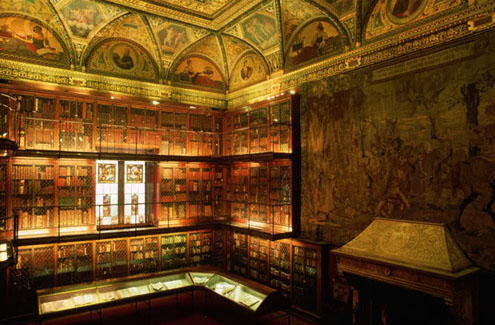
Since Greene’s retirement in 1945, The Morgan Library & Museum has rapidly expanded its collections and services to scholars and the public.
As the first woman introduced to Power Source readers, we are proud to profile a Washingtonian that had the competence, passion, and precision to be the best that the world had ever seen. On Friday, January 29th, directly after leaving the Georgetown University Library and reviewing Helene Ardizzonne’s biography of Bella da Costa Green, “An Illuminated Life..”; Power Source was rushing to a breakfast meeting where chance met irony, at the entrance of the Four Seasons Hotel, the Chairman & CEO of JP Morgan, Jamie Dimon, walked by and said hello.

